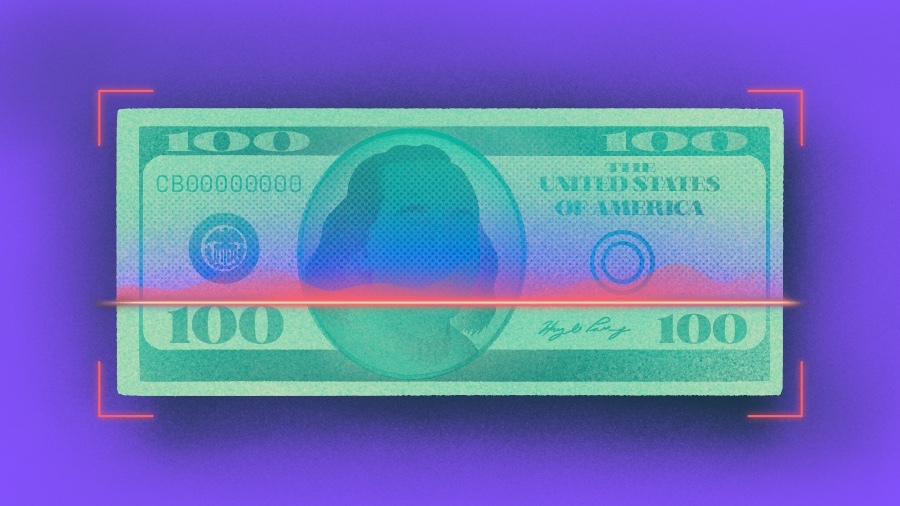Payments giant Stripe turned a few heads late last month when it announced it had a secondary deal with investors to buy current and former employees shares through a tender offer that valued the company at $65 billion.
The valuation was a 30% uptick from its previous funding round and seemed to show the robustness of a secondary market that had its own stumbles as venture capital fundraising tumbled last year.
“It is picking up,” said Kevin Swan, head of private markets solutions for Morgan Stanley. “There’s an increase in activity after a lull as the spread on valuations have improved.”
Those who watch and invest in secondaries see little reason to expect the market to see the dip it hit in late 2022 and well into 2023 as an improving venture environment, a growing amount of dedicated secondary funds, and a plethora of strong mature companies to invest in should propel the secondary market upward.
Mirroring the primary market
The startup secondary market — where GPs, LPs and employees can sell their stake in a private company without having to wait for an exit such as an IPO or M&A event — can often follow the path of the primary fundraising market for a variety of reasons.
One of those reasons can be market valuation corrections.
“Like the broader venture capital market, the secondary market was overheated a few years ago and there has been a correction playing out,” Swan said.
While accurate data on secondary transactions can be tricky due to the disparate nature of the market, few deny the market slowed after the first half of 2022 and moved into last year.
“We’ve definitely seen a cooldown,” said Luke Kirrane, a senior corporate coverage manager on startup equity management platform Carta’s liquidity team. “There is overlap with the primary (funding) market and we’ve seen a cooling down there.”
In fact, Kirrane said about 40% to 50% of the deals he saw last year were structured as buybacks — as companies took advantage of the slow market and advantageous price point for opportunistic buybacks of previously issued shares.
One of the noticeable things that changed in the market was transaction size, Kirrane said. A couple of years ago, a median secondary transaction was $50 million to about $60 million, but now it’s less than $10 million.
Another reason the market slowed is the simple fact that a lot of primary funding rounds also consist of a secondary tender offer element for those looking to get cash early on their investment or shares.
With primaries at least showing early signs of coming back, that secondaries component also is coming along, said Kirrane, adding a large amount of secondaries are done with connection with primaries.
Picking up
Many agree the market has picked back up in the past four to six months, mainly as valuations have finally come down to where more investors feel comfortable.
“Demand is increasing for companies that have re-set their valuations through a new investment round,” Swan said.
Chris Sugden, managing partner at growth equity firm Edison Partners, said while the secondary market is “lukewarm,” investors are in search of liquidity as the past year-plus has seen many exit options close for companies.
“We are just now seeing the primary market return, and so is the secondary as discounts are shrinking,” Sugden said.
While many may point to the explosion of AI investment and big secondary offerings from some of those startups — like OpenAI’s recent tender — those in the market say the AI sector is somewhat detached.
“Artificial intelligence is its own market segment that is unhinged from broader valuations and multiples,” Swan said.
Instead, with companies staying private longer, there is a long list of credible, mature companies that are interesting to investors.
“In the secondary market, investors are looking for high-quality, proven assets that are not looking for a raise,” said Saanya Ojha, partner at Bain Capital Ventures, a firm that sometimes uses the secondary market to double down on portfolio companies.
IPO effect
Of course, secondary sales are only one way investors and employees can get liquidity for their shares. Exit options such as IPOs and M&A also can result in liquidity to investors and employees.
Those markets also have been soft lately, but the recent IPOs for Reddit and Astera Labs offer hope of those pipelines thawing.
Still, if that does happen, those in the secondary market don’t believe it would have a chilling effect on the market, even though investors may have other options to seek liquidity.
IPO activity actually could increase secondary market movement, as it will bring back growth equity firms to the startup industry, Kirrane said. Also, as companies wind their way down the IPO path, they may use secondary tender offers as a bridge to clean up their cap table and give stakeholders early liquidity.
“Some companies may want to get rid of shares pre-IPO,” Ojha said. “It can help lock valuations in.”
Perhaps most importantly is the psychological effect IPOs have, Sugden said.
“It just makes people feel better,” he said. “It makes you feel like you don’t have to force liquidity, there are options.”
Big dollars
Perhaps the best sign for the secondary market and its growth is the most obvious — the money in it continues to grow.
It is estimated funds for secondary strategies across all asset classes that closed last year totaled nearly $118 billion. While that includes much more than just the startup secondary market, there is no doubt more money is coming into that asset class than ever.
“You’ve seen a lot of secondary funds in the last year or so, and large ones,” Sugden said.
For example, late last year Industry Ventures announced the closing of its nearly $1.5 billion Industry Ventures Secondary X fund, for the explicit purpose of investing in secondaries. Others are using cash from more generalized funds to participate in the market.
“There are top tier VC funds looking to get into the secondary market,” Swan said. “Either to expand their ownership in existing portfolio companies or gain access to others.”
Ojha said as the secondary market becomes more systemized, she only sees it growing as more investors explore options to both buy and sell.
“It’s definitely a growing piece of the investment puzzle,” she said. “It’s a win-win for both the company and the investor. … People are pivoting toward it because there is so much opportunity.”
Related reading:
Illustration: Dom Guzman

Stay up to date with recent funding rounds, acquisitions, and more with the Crunchbase Daily.



67.1K Followers